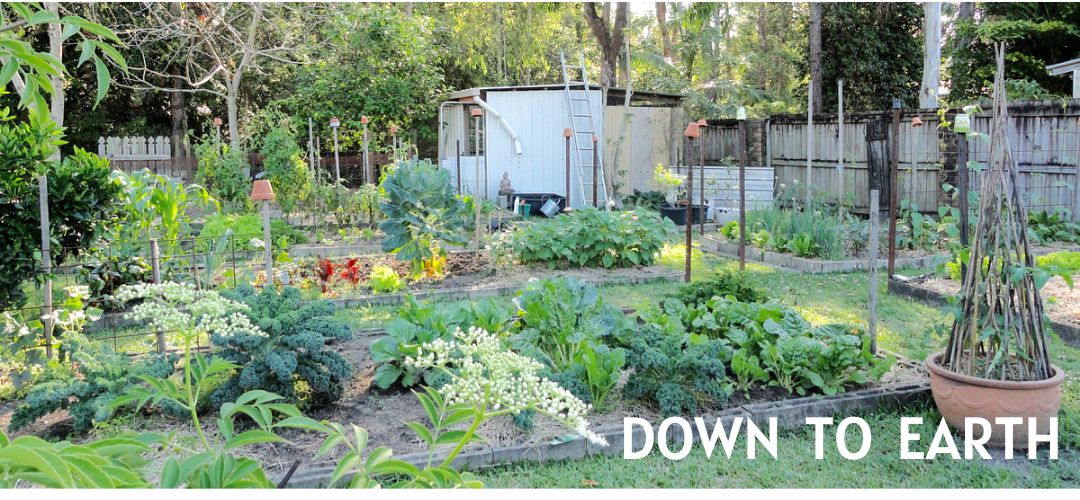I've had a few requests to write about how I make bread. I've written a number of bread posts but as it's such a big part in our lives, let's go through it again.
Even thought the bread I make looks like different recipes, I change the type of flour I use to get the variety I want but the recipe stays pretty much the same. I always use baker's flour, not pre mix. Over the years I've used plain white, wholemeal, whole grain, soy and linseed, corn and barley, leckerbrot and rye. At the moment I have organic spelt, rye, white and wholemeal flours in the cupboard and it will eventually make up bread of different forms such as sandwich loaves, free-form loaves, bread rolls, baps and French loaves.
Even thought the bread I make looks like different recipes, I change the type of flour I use to get the variety I want but the recipe stays pretty much the same. I always use baker's flour, not pre mix. Over the years I've used plain white, wholemeal, whole grain, soy and linseed, corn and barley, leckerbrot and rye. At the moment I have organic spelt, rye, white and wholemeal flours in the cupboard and it will eventually make up bread of different forms such as sandwich loaves, free-form loaves, bread rolls, baps and French loaves.
My tutorial for making bread by hand is here
Making bread using a bread machine is here
BREAD RECIPE
- 2 teaspoons dried yeast
- 1 teaspoon sugar or honey
- ¼ cup warm water
- 4 cups bread flour (can be any variety – wholemeal, rye, white, grain or spelt)
- 1 teaspoon salt
- 350 ml warm water (approximately) Read what I said about water in the links above
Make sure the flour and yeast are fresh and if you want a more tender dough for to use for pizza, add a tablespoon of olive oil or butter. You can freeze the dough if you want to. It's often handy to have a few batches of dough big enough to make a pizza base in the freezer.
The following photos are all bread made using the recipe above but with different flour and toppings.
If you're a new baker, don't give up if your bread isn't what you expect the first time you make it. It took me ages to perfect a good dough, to know what to look for in the dough and to always get my hands in and feel it, even if it's being made in the bread maker. Teach yourself through trial and error what good dough feels and looks like and over the days and weeks, you'll teach yourself to produce loaves good enough to be used for sandwiches, rolls and toast. When you start producing good bread, experiment with toppings, additives and different shapes.
Remember the bread you bake will be made exactly to the dietary requirements of you and your family and nothing you can buy at the shops will be as good as what you bake at home. Your bread will be cheaper than the good bread you can buy (but not the cheap and nasty supermarket loaves), you'll know exactly what's in it and you'll have fresh bread in your home whenever you want it. I hope you try your hand at this because it's one of the core skills of a simple home. Even if it looks too difficult for you, trying and then perfecting a bread recipe will help you produce quality food in your own home and it will challenge you. And we all need that.








